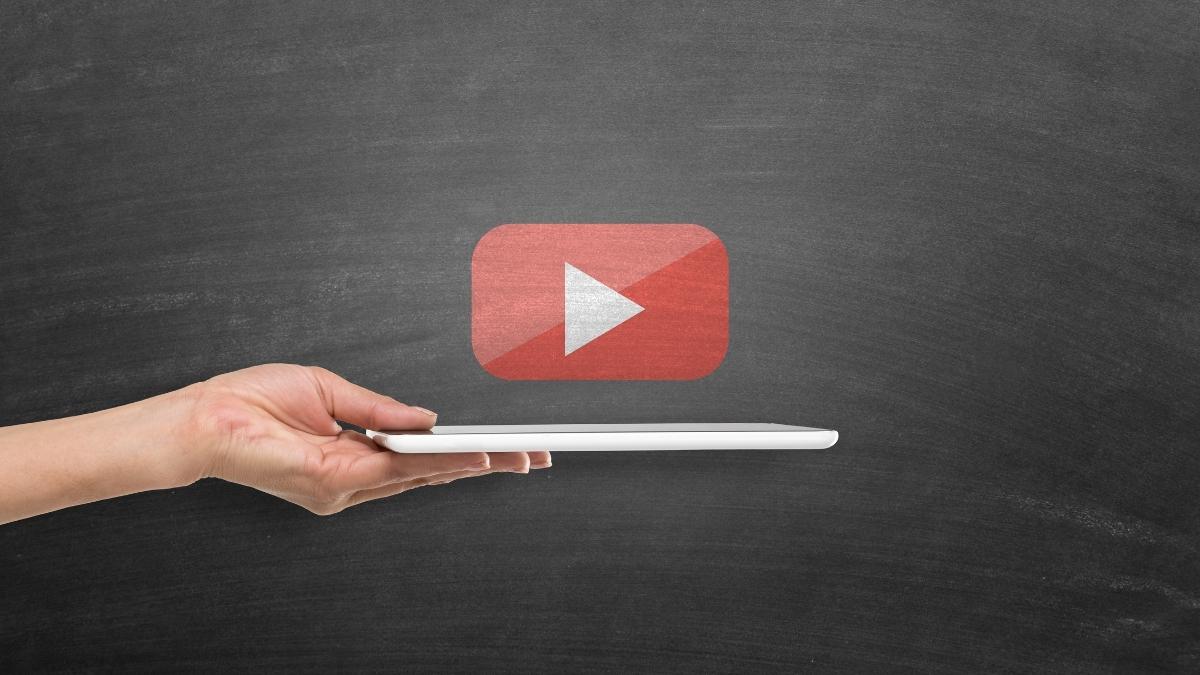
YouTube SEO is the process of optimizing your videos to rank higher in YouTube’s search results.
It’s no secret that ranking higher in YouTube’s search results can lead to more views and subscribers.
But what many people don’t know is how to optimize their videos for YouTube SEO.
In this article, we’ll show you how to rank your videos from start to finish.
What is YouTube SEO?
YouTube SEO is the process of optimizing your videos to rank higher in YouTube’s search engine.
Just like with any other type of SEO, the goal is to get your videos in front of as many eyeballs as possible. And, just like with other types of SEO, there are certain techniques you can use to improve your chances of ranking high in YouTube’s search engine.
How YouTube’s search engine algorithm works
When it comes to search engines, there is Google… and then there is everyone else. YouTube is the world’s second-largest search engine and processes more than 3 billion searches per month. That’s a staggering 82% of all online videos! So how does YouTube’s search engine algorithm work?
First, let’s start with some basics. A search engine algorithm is a set of rules that a search engine uses to rank websites and web pages in response to a user query. These algorithms are constantly evolving as the technology behind them gets better and as user behavior changes.
Let’s get down to the 7-step process to rank your videos higher in YouTube searches.
Step #1: YouTube keyword research
If you want your YouTube videos to be seen by more people, you need to do your keyword research.
Just like with any other SEO, your goal is to find keywords that potential viewers are searching for on YouTube. These keywords should be relevant to your video topic and target audience.
There are a few different ways to go about finding the right keywords for your YouTube videos. You can use the YouTube Keyword Planner tool, Google AdWords Keyword Planner, or even just do a simple Google search.
Once you have a list of potential keywords, it’s time to start optimizing your videos. Use your keywords in the title and description of your video, as well as in the tags. This will help YouTube understand what your video is about and match it with relevant searches.
Step #2: Identify search intent
When it comes to YouTube SEO, one of the most important things you can do is identify search intent. This means understanding what people are searching for on YouTube and then creating content that meets their needs.
There are a few different types of search intent, and it’s important to understand all of them if you want to be successful on YouTube. The first is informational intent, which is when people are looking for information about a topic. If your video can provide helpful information, you’re more likely to rank well in this type of search.
The second type of search intent is transactional, which is when people are looking to buy something. If your video can help people make a purchase decision, you’ll have a better chance of ranking well in these searches.
Step #3: Satisfy search intent with a high-retention video
YouTube is the second largest search engine, so it’s important to make sure your videos are optimized for SEO. Here are some tips to help you create high-retention videos that satisfy search intent:
- Write a catchy and keyword-rich title that accurately describes your video.
- Create a custom thumbnail image that catches the viewer’s eye.
- Use tags to describe your video content and target relevant keywords.
- Optimize your video description by including a call to action and links to related content.
- Promote your video across social media and other channels.
- Analyze your video analytics to see what’s working and make improvements accordingly.
- Always be creating new, fresh content to keep viewers engaged.
Step #4: On-Page video optimization
When it comes to on-page video optimization, there are a few key things to keep in mind in order to ensure that your videos are properly optimized for YouTube SEO. First and foremost, make sure that your videos are keyword-rich, as this will help them to rank higher in YouTube search results. In addition, be sure to include transcripts of your videos on your website, as this will also help with SEO. Finally, don’t forget to promote your videos through social media and other channels; the more eyes you can get on your videos, the better.
Step #5: In-Video optimizations
As the second largest website in the world, YouTube receives over 1 billion unique visitors each month. While the majority of these visitors are there to watch videos, an increasing number are looking for other content such as product reviews and tutorials. This has led to a need for better YouTube SEO so that your videos can be seen by more people.
There are a number of things you can do to optimize your videos for YouTube SEO. First, make sure your titles are descriptive and include relevant keywords. Second, use tags to describe your video content and make it easier for YouTube’s algorithms to find your videos. Third, create transcripts of your videos so that viewers can read along if they can’t or don’t want to watch the video. Finally, promote your videos on social media and other websites to get more views.
Step #6: Publish and promote your video
As a YouTuber, you want as many people as possible to watch your videos. But how do you get them to see your content among the millions of other videos out there? The answer is YouTube SEO. Just like with any other type of SEO, YouTube SEO is all about optimizing your videos so that they show up higher in search results.
There are a few things you can do to optimize your videos for YouTube SEO. First, make sure to include keywords in your title and description. This will help YouTube’s algorithm understand what your video is about and match it with relevant searches. Second, choose a thumbnail that is eye-catching and descriptive. This will give viewers a preview of what your video is about and encourage them to click through. Finally, promote your videos on social media and other channels to drive traffic to your YouTube page.
Step #7: Post video analysis and optimization
As a YouTuber, it’s important to take some time every so often to analyze your videos and make sure they are properly optimized. This process is known as post-video analysis and optimization, and it can help improve your YouTube SEO.
There are a few things you should look for when you’re doing post-video analysis and optimization. First, check to see if your videos are properly titled and tagged. Make sure your titles are descriptive and include relevant keywords. Your tags should also be relevant and include popular keywords for your niche.
Next, take a look at the thumbnail image for each of your videos. The thumbnail is what appears in the search results, so make sure it’s something that will grab attention and make people want to click on your video. If you’re not happy with any of your current thumbnails, consider creating new ones.
Step #8: Optimize for session watch time
To get the most out of your YouTube channel, you need to optimize your videos for session watch time. This metric measures how long viewers spend watching your videos in a single session. The longer the session, the more engaged the viewer is with your content.
There are a few things you can do to optimize your videos for session watch time. First, make sure your videos are high-quality and engaging. If viewers are interested in what you have to say, they’re more likely to watch for a longer period of time. Secondly, keep your videos short and to the point. Viewers have short attention spans and are more likely to stick around if they don’t have to sit through a long video. Finally, make sure to promote your videos on other channels and social media platforms.
Final Thoughts
From a technological standpoint, YouTube SEO is simple. Make your tags, descriptions, and titles more effective.
You’re set if you add pertinent cards, end screens, or description links.
But engaging your audience is the hardest aspect of video SEO.
Utilize these techniques and suggestions, and concentrate on the following three goals: entertain, engage, and rank.





One Comment